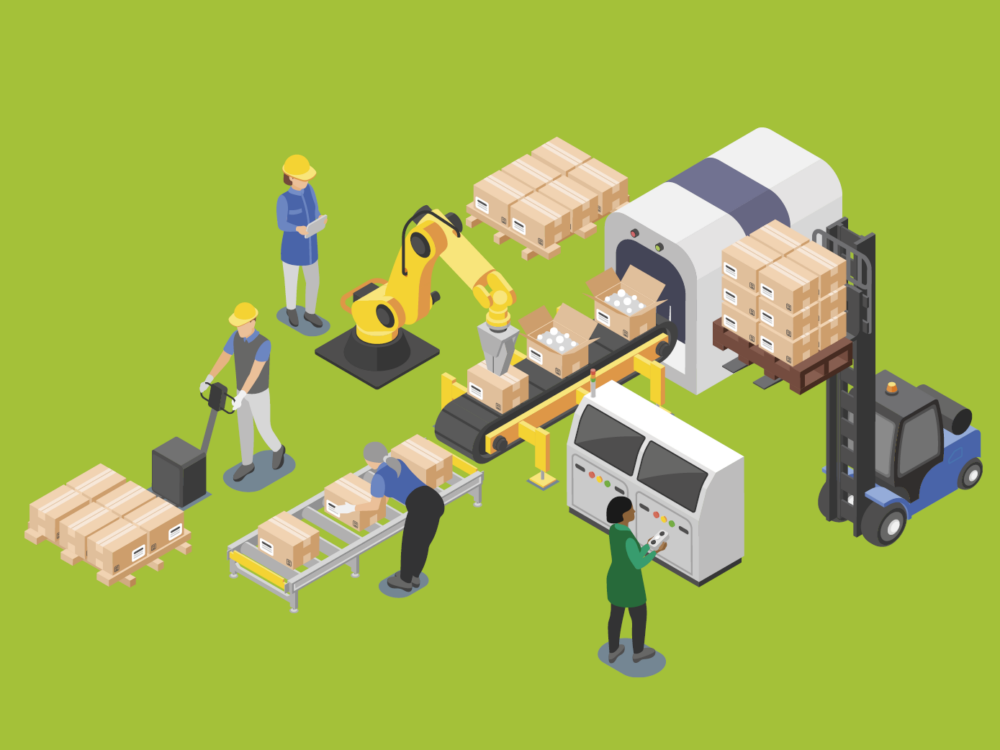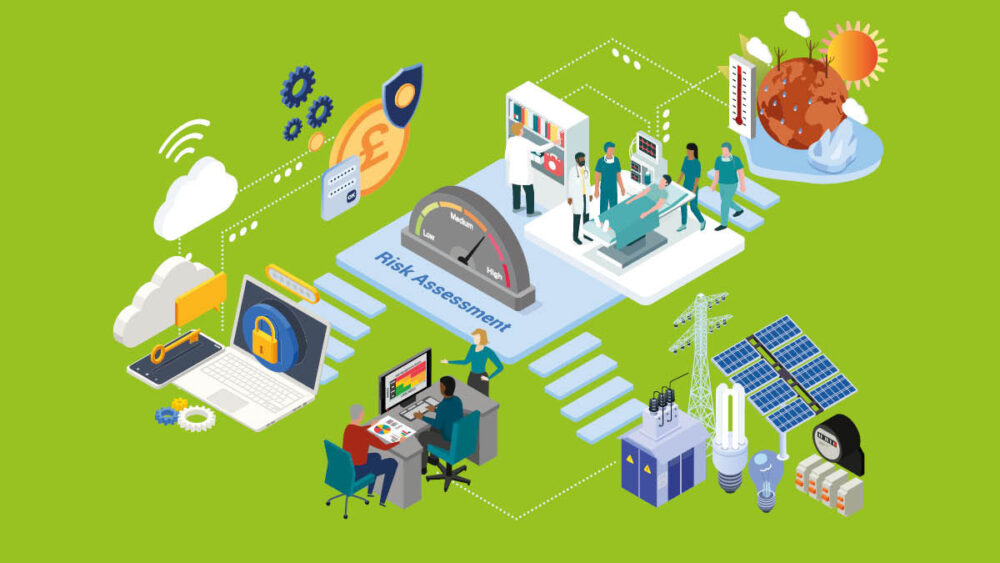Confessions of a risk manager
A few years ago, I decided to renovate my bathroom, it wasn’t a small feat and required all new electrics, plumbing, new boiler, the works. I was reliant on contracted experts to get the results I wanted. I decided to handle the project management myself, I was confident, I’m a risk manager after all! Once the project was underway little things began to go wrong, delays, disruptions and scheduling conflicts cascaded, and I found myself in the middle firefighting. I could manage some of the problems myself, but most of the uncertainty was coming from the people and expertise outside of my direct control. I’ve made a resolution this year to start the next renovation project and I know that to succeed, I will need to learn the lessons from the past.
Enterprise thinking
Uncertainty is at the heart of risk management, and without a doubt we have been living in very uncertain times over the last two years. The impact of the pandemic has been felt across all sectors and has redefined the risk landscape. Here at the NAO, the increased level of uncertainty has influenced our programme of value for money and insight work. It sharpened our focus on the arrangements in place for government to identify, evaluate, and respond to risks. In our latest preparedness report: The government’s preparedness for the COVID-19 pandemic: lessons for government on risk management we found the pandemic has exposed vulnerabilities in government’s approach to managing whole-systems risks and that lessons, that would have helped prepare for a pandemic like COVID-19, were not fully implemented.
Enterprise thinking in risk management allows us to integrate the practice of risk management across the whole system, from strategic decision making to execution and delivery. However, looking at uncertainties inside the organisation won’t give us the full picture about what is happening outside and across other organisations. We need to step outside and look out into the extended enterprise. If we think of an organisation as a castle, the extended enterprise refers to anything outside of the castle walls. To go back to my project, I was on the inside and close to the project, I wanted the project to succeed, clouded by optimism and missing the full picture. I’d forgotten to account for what might be happening outside of my “castle walls” and how uncertainty would impact what I was trying to achieve.
I am of course not alone in having optimism bias. Being close to the detail is not a bad thing, in fact it’s often vital, but when we’re on the inside it’s much harder to cast our view out to the horizon and to see the uncertainties just out of focus. We need to see the whole system in order to anticipate, coordinate and prepare for what might happen, even if we’re really hoping it won’t.
Connecting the dots
By taking an enterprise approach to identify, evaluate, and respond to risks, we get a better understanding of the full picture. We can see the interdependencies and connections between the various risks facing the delivery of objectives. The NAO’s reports NHS backlogs and waiting times in England and Reducing the backlogs in criminal courts are both clear examples where identifying the complex interdependencies and taking a whole-systems approach will be needed to tackle and improve outcomes. For instance, understanding the inherent risks of harm to patients as a result of longer wait times, and the cascading impact this could have on local partnerships, community support and organisations outside of the NHS.
Yet, applying this thinking to the extended enterprise of government will also be necessary to tackle and achieve some of the most complex risks of today and of the future. In our report Achieving net zero we concluded that the all-encompassing nature of net zero means that all government bodies, including departments, arm’s-length bodies, and executive agencies, have a role to play. This is perhaps the clearest example of the importance of whole-systems thinking and enterprise-wide risk management.
Opportunities
We mustn’t forget that uncertainty can generate both threats and opportunities. We’re often taught to see risks only as threats. However, those threats can also present us with opportunities to improve, providing we have the desire, agility, and resilience to respond and act. I’ve already started planning for my next project and I know that by applying the lessons learned from last time I can increase my chances of success.
As we continue to recover from what we hope is the worst of the pandemic, it’s important to look at the full picture, identify the lessons and apply improvements where we can. Our lessons learned programme of work at the NAO has highlighted opportunities to strengthen government’s approach to risk management, to ensure that it includes a clearer view of whole system risks. Applying this learning will require collaboration not only within and across government but also across sectors and the entire extended enterprise. The challenge questions is: who is providing the enterprise view of risks across the whole of government and what other lessons are there to be learned?
You can read more about our findings and insights on our website. Links to the specific reports and topics explored in this blog are set out below:



